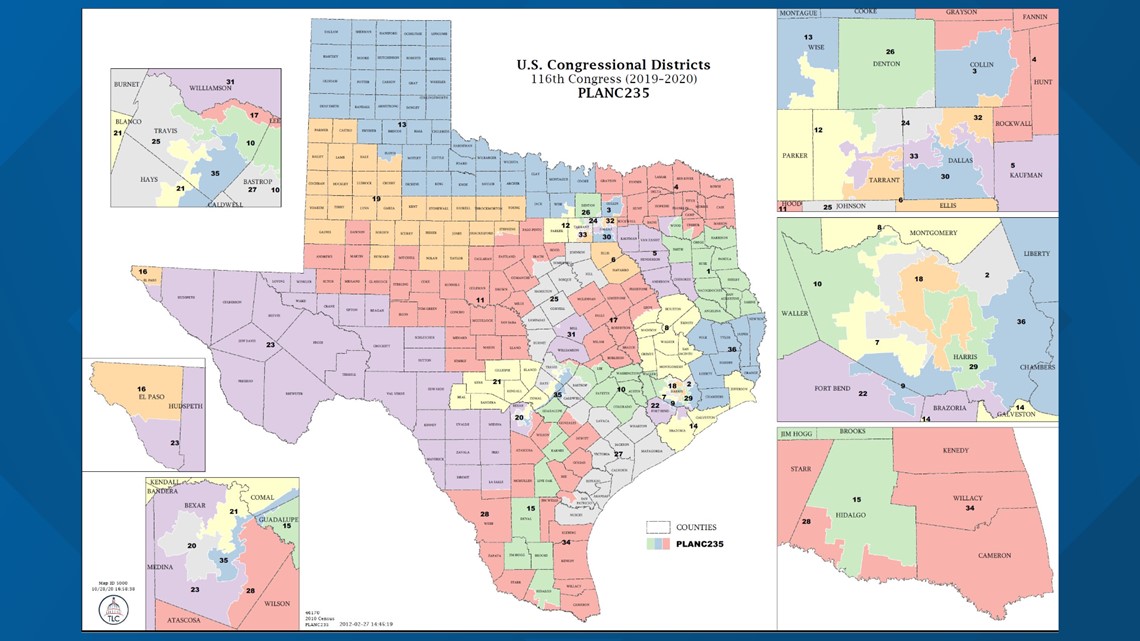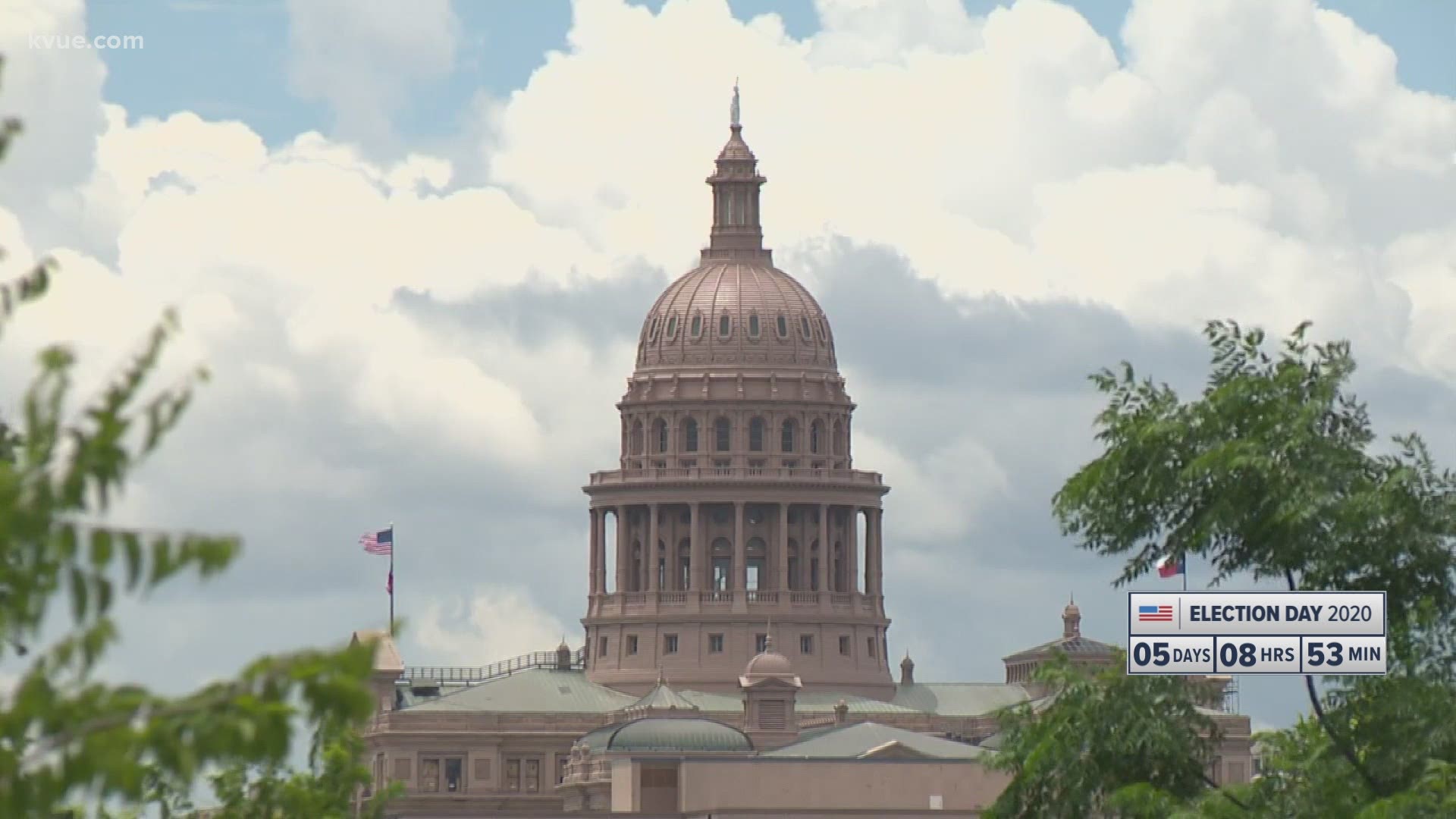AUSTIN, Texas — After every census, the federal government determines how many seats each state receives in the U.S. House of Representatives. In Texas, the state legislature then divides up the number of seats across the state – meaning if a political party controls both the state House and Senate, party leaders can keep their party in power for longer.
Texas has to follow some federal redistricting laws, but generally, as long as one major political party does not get eliminated from having any representation in government and the seats are distributed evenly according to population, the state legislature has a lot of leeway in dividing up the seats.


RELATED: Gerrymandering game created by Austin siblings gains national attention, played by 'The Terminator'
"Mapmakers have an enormous amount of latitude in how they draw those boundaries," said James Henson, the executive director for The Texas Politics Project at the University of Texas at Austin. "This is the first time that, in a few decades, that maps will be drawn with much looser supervision from the federal government because the Supreme Court has invalidated some key parts of the Voting Rights Act of 1965 and some follow up legislation that required federal supervision for states that had a history of discrimination in their election and voting systems."
U.S. Rep. Lloyd Doggett (TX-35) joined the U.S. House 25 years ago, representing TX-10. After a few rounds of legal battles regarding redistricting, he ended up representing TX-25, stretching from South Austin to the Texas-Mexico border. More redistricting and gerrymandering changed his district again to TX-35, which snakes its way down Interstate 35 between Austin and San Antonio.
"It took splitting 100 voting precincts – certainly a record in Texas, if not American history – in order to create this district and to divide up and to make Austin the largest city in America that does not have a majority of its population in a single congressional district," Doggett said.
Austin is divided into five congressional districts as of the 2020 election: TX-10, TX-17, TX-21, TX-25 and TX-35.
The number of districts depends directly on the population of Texas. For decades, Texas's population has grown at a rate allowing for more seats in Congress. With this year's census cut short, that could play a role in the number of districts Texas receives going into the 2020 decade.
"We know one of the problems of Texas is that [when] you have a state with big cities, people are likely to be undercounted," said Brian Smith, a political science professor at St. Edward's University. "If you have a state where lots of people are moving in from all places, recent people to a state, whether from other states or internationally, are often part of what they call the undercount and that would hurt Texas's chances of getting additional seats."
Historically, if a political party is in charge of both the House and Senate at the state level, that party can draw maps to preserve their power in the state government.
"Because of gerrymandering, these districts have been drawn to favor Republicans over Democrats," Smith said. "This is what happens if you have partisan redistricting and a partisan control. They would be foolish not to try to draw the line to their advantage."
Henson said while recent history shows Republicans gerrymandering the state to their advantage, it's in response to Democrat power closing out the 20th century.
"Those pitched fights over redistricting came after several decades of the Democrats controlling the redistricting process, including a particularly partisan redistricting session, redistricting process in 1990 that was meant to preserve the Democratic presence in the state as Republicans were on, you know, making a comeback after a long period in the wilderness," Henson said. "Redistricting maps that were drawn after the 1990 census helped preserve Democratic rule longer than it probably would have lasted overall because it helped, it did such a good job of protecting Democrats."
This coming election will see the district lines redrawn again, potentially favoring a political party if that party controls the entire state legislature. If the state legislature is split with one party controlling the House and the other the Senate, then there could be more give-and-take on both sides of the aisle, according to Henson.
PEOPLE ARE ALSO READING:

